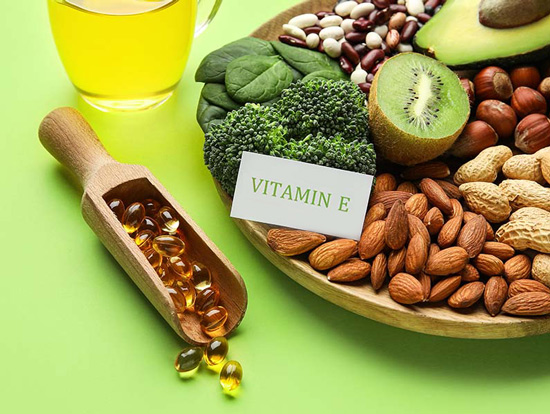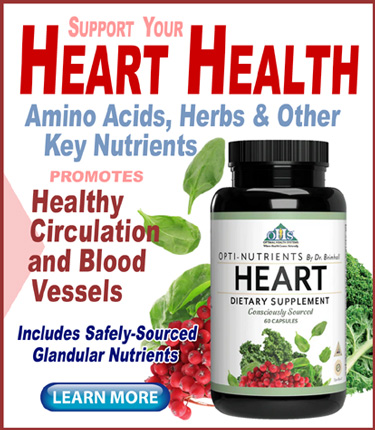There is often confusion between Vitamin E and EFAs, or essential fatty acids. While there is some cross-over on the sources and benefits of the two nutrients, they are very different nutrients that play very distinct roles.
The brief definitions are implied in their names. Essential fatty acids are a type of fat, while Vitamin E is a vitamin. However, other distinctions are more subtle: Essential fatty acids are structural components of cells and precursors to important signaling molecules; Vitamin E is primarily an antioxidant.
“Essential” fatty acids cannot be produced in the body—hence, the essential designation. They must be obtained from food or supplements.
Interestingly, when two EFAs were discovered in 1923, they were originally designated “Vitamin F”; however, later research on rats illustrated that the two EFAs are better classified as fats rather than vitamins. So, in 1929 the “vitamin” designation was dropped.
Functionally, EFAs are vital for building and maintaining cell membranes; for producing hormone-like substances that regulate various bodily functions (inflammation, blood clotting, blood pressure, and more); for supporting brain development and function; and for maintaining healthy skin and hair.
Two EFA types
The two main types of EFAs are Omega-3 fatty acids and Omega-6 fatty acids.
Omega-3 fatty acids are found in sources like fatty fish (salmon, mackerel), flaxseeds and walnuts. They are known for their anti-inflammatory properties and for the valuable role they play in brain and heart health.
Omega-6 fatty acids are found in vegetable oils, nuts, and seeds. They are also essential, but a healthy balance between Omega-3s and Omega-6s is important, as an excessive amount of Omega-6s can sometimes promote inflammation.
Unfortunately most people in western countries get an overload of Omega-6s in their diets, due in large part to the abundance of seed oils in the ever-present processed foods.
Vitamin E
Vitamin E is a fat-soluble vitamin and a powerful antioxidant. Just like EFAs, the body cannot produce Vitamin E, so it must also be obtained through diet or supplements.
In its antioxidant role, Vitamin E’s primary function is to protect the body’s cells from damage caused by free radicals—unstable molecules that can contribute to aging and various diseases.
Vitamin E is found in foods like nuts, seeds, vegetable oils, and leafy green vegetables.
Functionally, Vitamin E is important for protecting cell membranes from oxidative damage; for supporting immune function; for maintaining healthy skin and eyes; and for playing a critical role in cardiovascular health.
While Vitamin E is distinct from EFAs, they two nutrients often work synergistically. For example, Vitamin E can help protect essential fatty acids from oxidation in the body, ensuring they can perform their functions effectively.
New study
In a study published in Trials Journal in January 2025, researchers found Vitamin E’s protective benefit appeared to extend to sperm quality.
The Iranian triple-blind randomized controlled trial was conducted on 90 post-varicocelectomy patients. Varicocelectomy is a surgical procedure that aims to improve fertility outcomes by correcting varicocele—a condition characterized by abnormal dilation and elongation of veins within the scrotum.
Previous research had already confirmed that varicocelectomy alone improved sperm parameters; and in the new study the scientists wanted to see if adding Vitamin E offered further benefits beyond the surgery itself.
To conduct the study the researchers provided 400 units of Vitamin E daily for three months to the test group, and a placebo to the control group.
Both the Vitamin E group and the placebo group showed significant improvements in sperm motility, count, and morphology after the intervention (post-varicocelectomy). This confirmed earlier trials that the surgery itself had a positive impact; however, the improvement in sperm motility was significantly higher in the Vitamin E group compared to the placebo group.
According to the researchers the findings clearly suggested that Vitamin E supplementation provided an additional benefit to sperm motility beyond what varicocelectomy alone offered. While follow-up studies will be helpful, the randomized nature of the study establishes a credible base.
This study adds to the growing body of research on the role of antioxidants, like Vitamin E, in male fertility—particularly in situations where oxidative stress might be a contributing factor.
– – –
Find Vitamin E in the following Optimal Health Systems products:
• Opti-Heart
• Vitamin/Mineral
• Opti-Brain
– – –
Study source: Trials Journal (Jan. 2025).



